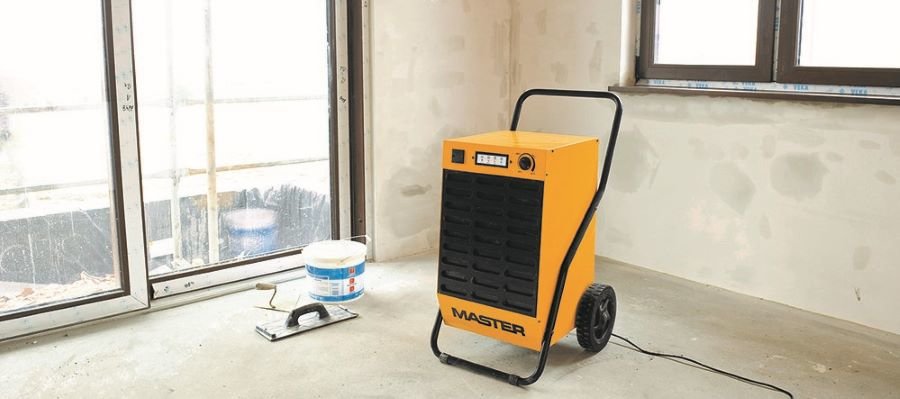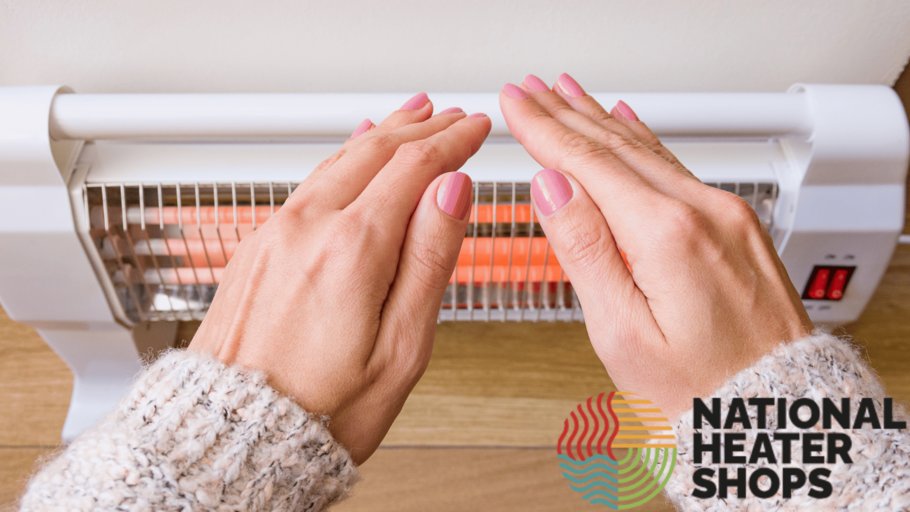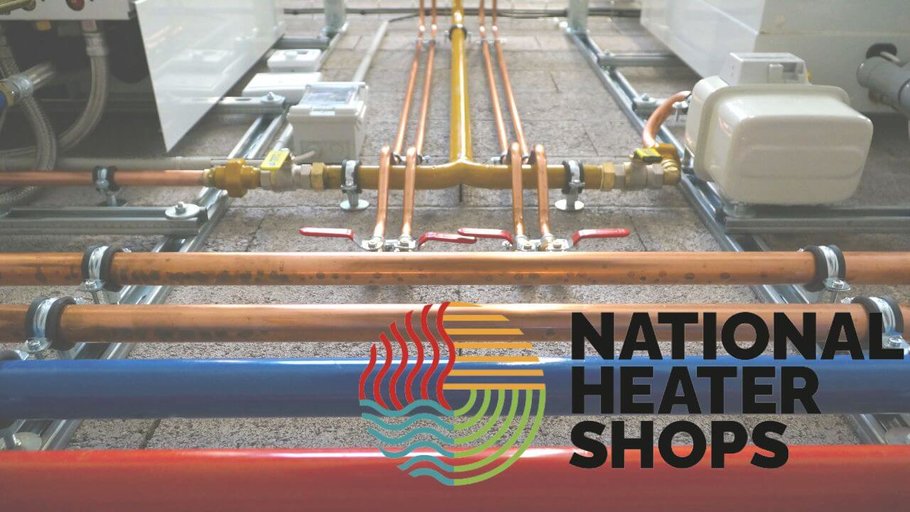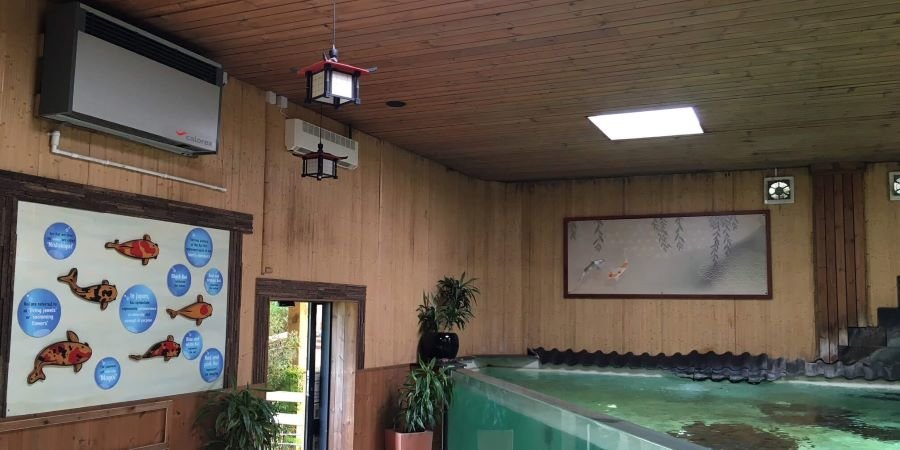Humidity is simply the amount of water present in the air, usually measured as a percentage. Such a simple thing can quickly cause big problems though, so we have created this article to help you find the right dehumidifier for your situation.
A simple guide to help you choose the dehumidifier for you.
Why is humidity a problem?
High humidity can cause several issues in your domestic or commercial property, it can cause a growth of mould and mildew, it can damage paintwork and cause peeling wallpaper, rot furniture and floors and if its bad enough it can even damage walls and brickwork.
These are clearly big issues, especially for a domestic property as these issues aren’t cheap to fix and if the humidity issue isn’t resolved, its something that will strike again.
How does a compressor dehumidifier work?
A compressor dehumidifier works similarly to portable air conditioning units. It draws in damp air over a series of evaporator coils containing refrigerant liquid, the evaporator coil must be cooler than the air being pulled over it for this to work. The moisture in the air condenses onto the evaporator pipes and will trickle off into a water tank in the unit.
This process will cause the refrigerant to evaporate and become a gas, this gas will then be fed into the compressor which will compress the gas and make it a much higher pressure and thus a higher temperature.
This gas will then be sent down the condenser coils, where the heat will dissipate with the help of the copper pipes used for the coils and commonly the aluminium fin heat sinks attached to these copper pipes.
This drop in temperature is enough to transform the gas back to a liquid but to lower the temperature enough to feed back into the evaporator pipes a capillary tube is used. A capillary tube is a long, very thin pipe that restricts the flow of the coolant so that when it reaches the other side of the tube it is at an acceptable temperature.
The main difference between the two is that in a dehumidifier, the air is blown over both coils so that the air exhausted out is the same temperature whereas an air conditioner would remove the moisture, cools the air in the space, and exhausts the heat outside.
How does a desiccant dehumidifier work?
A desiccant dehumidifier works in a very different way. Damp is drawn over a number of desiccant plates that are attached to a slowly rotating wheel. A desiccant is a chemical that absorbs water due to a chemical reaction.
A part of the wheel is used as a heater to ensure the water drips down into the water tank below or it is expelled as water vapour away from the area you want to dehumidify. The air is then reheated and pumped back into the room.
This is a much simpler design over the compressor dehumidifier, but they both still have their place.
Which one should I choose?
The answer to this depends on your specific situation.
Working temperature
Desiccant humidifiers can perform well regardless of the temperature, compressor dehumidifiers on the other hand don’t. They tend to start having issues at temperatures of 20 °C. This is because the evaporator coil needs to be cooler than the air being pulled in and it is harder to get lower than that for the system. At colder temperatures, the coils can freeze over, making them inefficient.
It is worth to note however that compressor dehumidifiers can outperform desiccant ones in very warm climates so they may be a good option if you operate in a similar environment.
Ongoing Maintenance
As desiccant dehumidifiers are a much simpler design, they require less regular maintenance than compressor dehumidifiers.
Compressor dehumidifiers require regular maintenance due to their compressor and refrigerant.
Energy Consumption
Compressor dehumidifiers can save 50% more electricity than desiccant dehumidifiers in some cases. However, the heat released from desiccant dehumidifiers can help warm up a space so some savings could be made back in colder areas/months
Noise Level
Due to the compressor in compressor dehumidifiers, they are quite loud when running. They can operate at noise levels of over 45dB whereas desiccant dehumidifiers can operate as low as 35dB.
Portability
Compressor dehumidifiers can way a fair amount, 10kg or more. A desiccant dehumidifier weighs 5kg to 9kg, making it much easier to move around as required.
Conclusion
In conclusion, both types of dehumidifiers have their use cases and neither should be ruled out. If you want something that is quiet and will kick out a bit of heat as well, go for the desiccant. If you want something that can perform in higher temperatures well and will use less power, then go for a compressor.
Our Collection
Sealey SDH102 Domestic Dehumidifier 230v 10 Litres
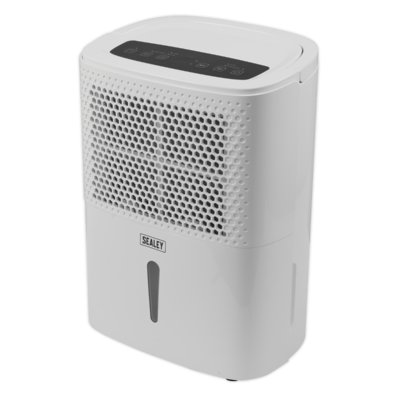
The Sealey SDH102 condenser dehumidifier is a compact 10L home dehumidifier, designed for extracting excess moisture from the air to prevent condensation, damp, mildew and mould.
This model is suitable for use in small spaces, up to 12m3.
It features a simple digital control panel, humidistat control and 24-hour timer.
The internal 1.8L water tank has auto shut-off, so the dehumidifier shuts down when it fills to prevent spills. The SDH102 can also be used with an included hose for continuous drainage, removing the need to keep emptying the water tank.
Brolin QT8 Desiccant Home Dehumidifier 230v 8 Litres
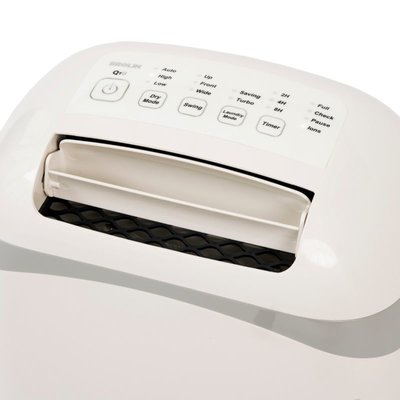
The Brolin QT8 is a compact and portable desiccant dehumidifier, designed for extracting excess moisture from the air to prevent condensation, damp, mildew and mould.
As it is a desiccant model, it features a rotary wheel of absorbent material which draws moisture out of the air. This method of dehumidification is quieter than a compressor model and works more effectively in lower temperatures.
The Brolin QT8 dehumidifier is ideal for use in rooms in the home, including bedrooms, kitchens, bathrooms, garages, laundry rooms, caravans, and other areas where excess humidity is a problem.
It features a simple control panel with humidistat and timer control, laundry drying mode and adjustable swining louvre control.
The internal water tank has auto shut-off, so the dehumidifier shuts down when it fills to prevent spills. This model also has a connection point for a hose, which allows the dehumidifier to be used continuously and removes the need to empty the water tank.

